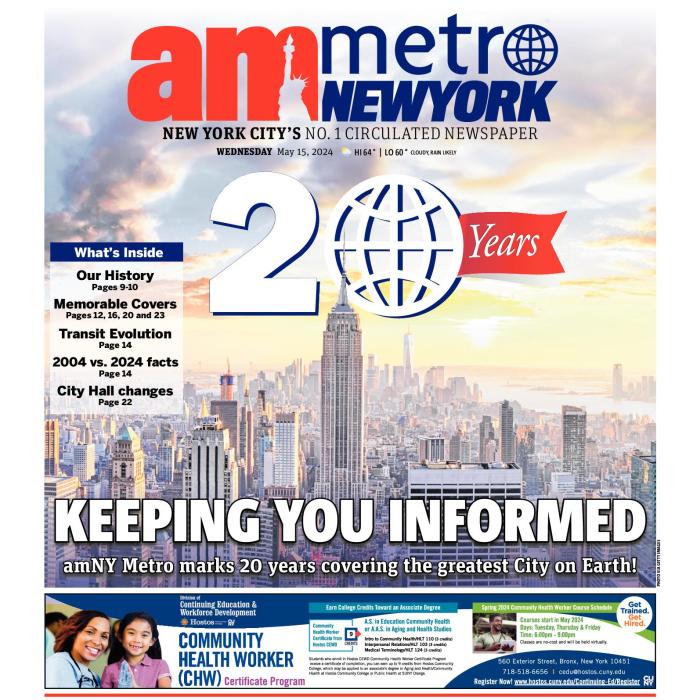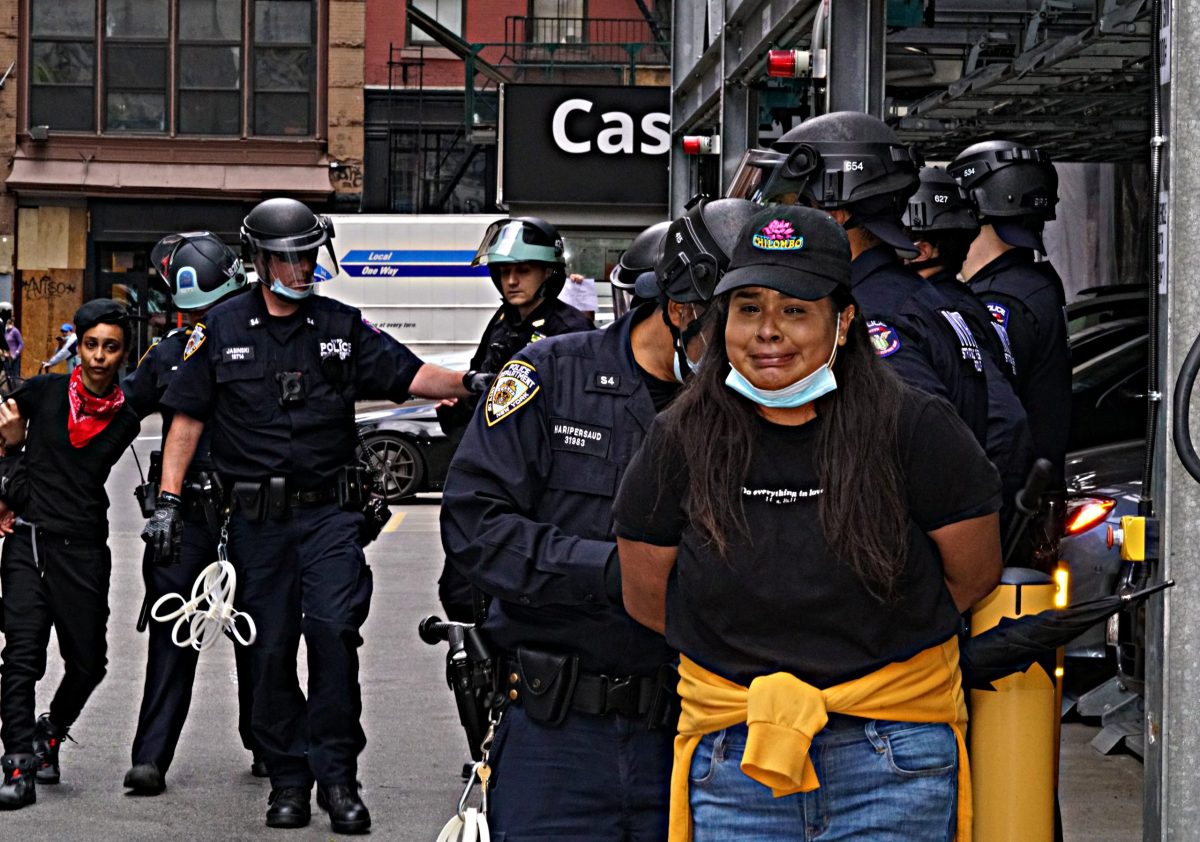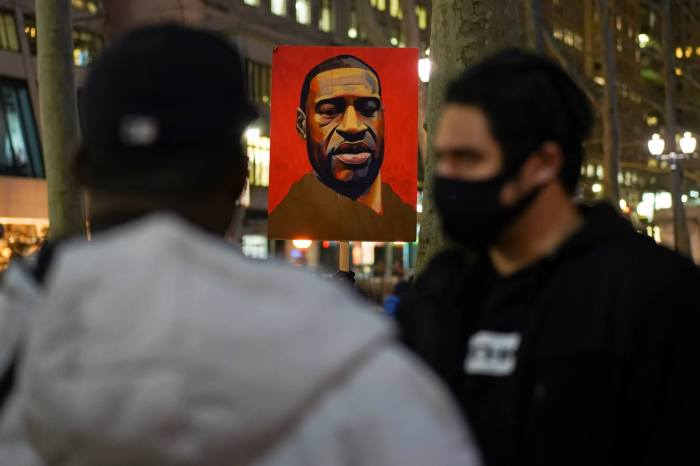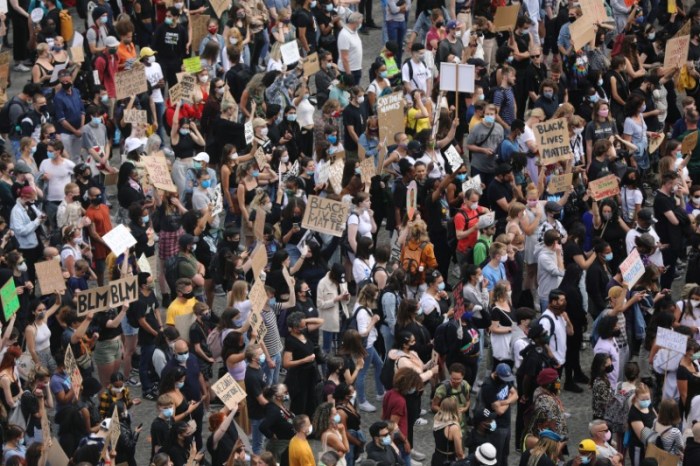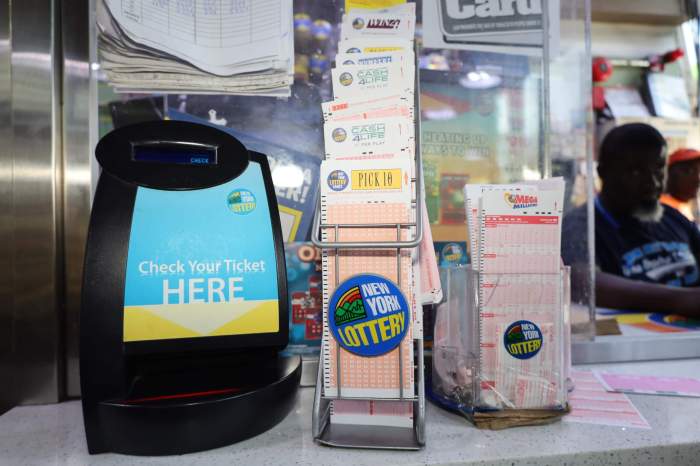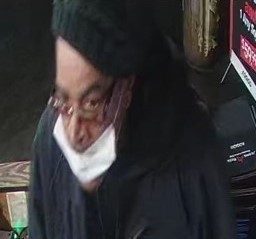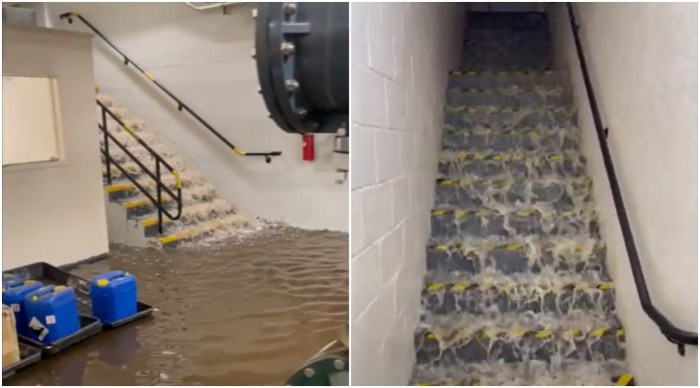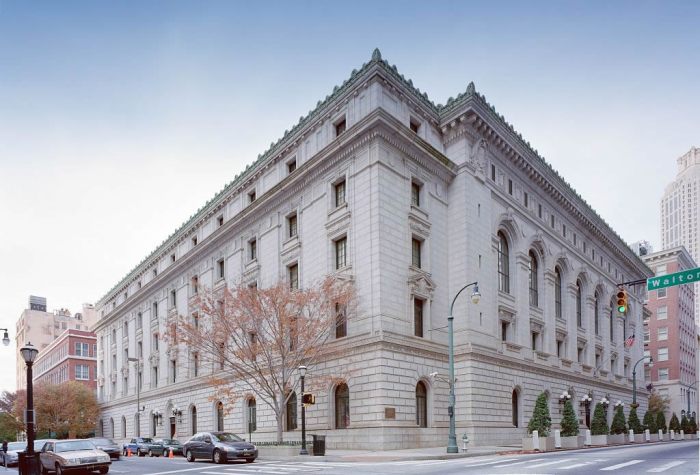A new settlement announced on Tuesday will result in a fundamental change to how the NYPD will police protests going forward, according to the mayor’s office and the Legal Aid Society.
Calling the reform a landmark agreement, the Legal Aid Society says the NYPD will be forced to radically alter the way they respond to protests following a settlement resulting from a series of lawsuits dating back to the 2020 George Floyd demonstrations. During what was known as the summer of protests that saw thousands take to the streets in fury over police killing a Minneapolis black man, both the public and journalists on the street accused the NYPD of being unnecessarily violent.
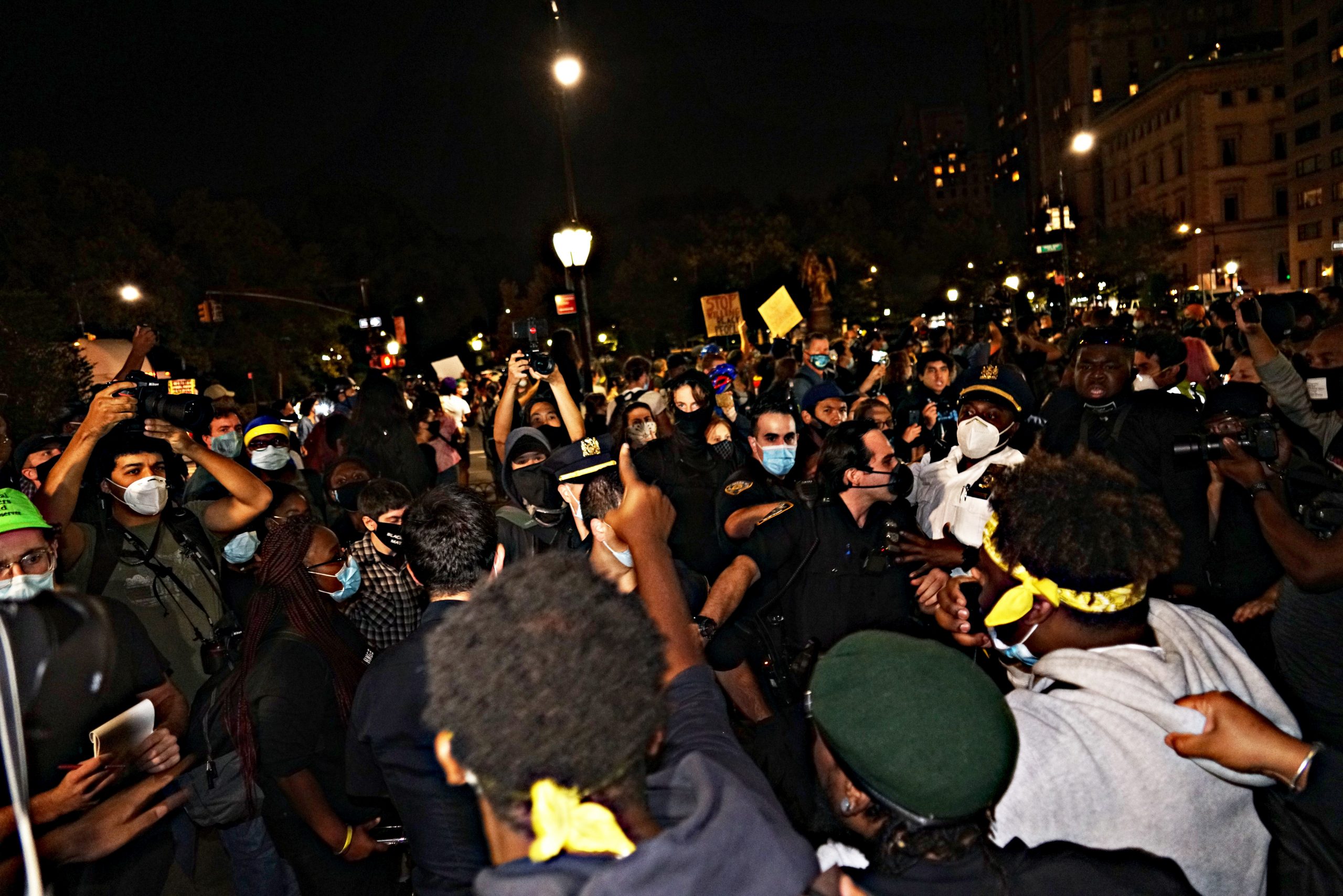
Now, according to City Hall, the NYPD will follow a four-tier system when responding to protests across the Big Apple and will most notably prohibit the practice of kettling — in which officers encircle protestors — amongst other methods of dismantling large gatherings. Cops will also be barred from using intimidation tactics to break up the demonstrations.
“The right to peacefully assemble and protest is sacrosanct and foundational to our democracy. Too often peaceful protesters have been met with force that has harmed innocent New Yorkers simply trying to exercise their rights,” Attorney Leticia General James said. “Today’s agreement will meaningfully change how the NYPD engages with and responds to public demonstrations in New York City. As the Attorney General, it is my duty to protect New Yorkers’ rights and this agreement will ensure that peaceful protesters can make their voices heard without fear, intimidation, or harm.”
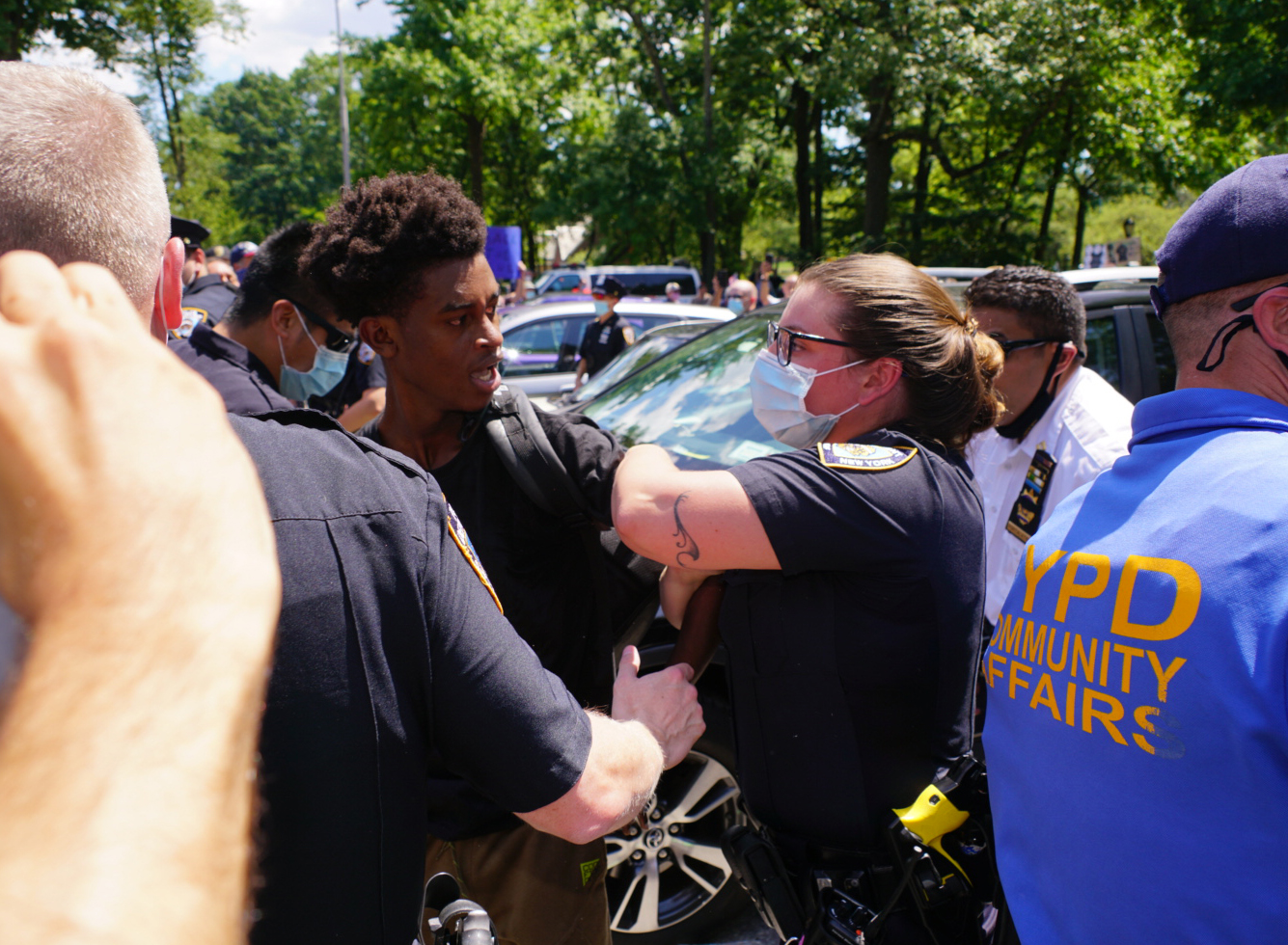
Beginning at tier one, the new protocol will require officers to merely escort peaceful marchers through the street, ensuring that they are not violating traffic laws.
Tier two will allow for deployment of SRG officers if individuals are blocking traffic or if a crime is likely to be committed.
Tier three will be initiated when a crime has been committed, which will allow the NYPD to take action on the person or people breaking the law. Finally, tier 4 will result in the protest immediately having to be disbanded when things grow out of control to the point de-escalation tactics are no longer viable.
The mayor’s office also stated the NYPD will be applying new training methods to officers in order to coincide with the fresh four-tiered approach. Not only that, but a new committee will also be formed to ensure that the new guidelines are followed.
Public Advocate Jumaane Williams commended the reform while also thanking the press for documenting the clashes.
“Fortunately, this settlement seems to both acknowledge the reality of the harm done and create a framework for preventing it in the future. Focusing on de-escalation in the moment and clear accountability for misconduct will be essential in ensuring that these patterns of protest policing do not continue. It is also vital that measures are put in place to protect the safety and the freedom of the press of media outlets. Many of the stories that came out of these protests would never have been known without the transparency and accountability that reporters on the ground provide,” Williams said in a statement.
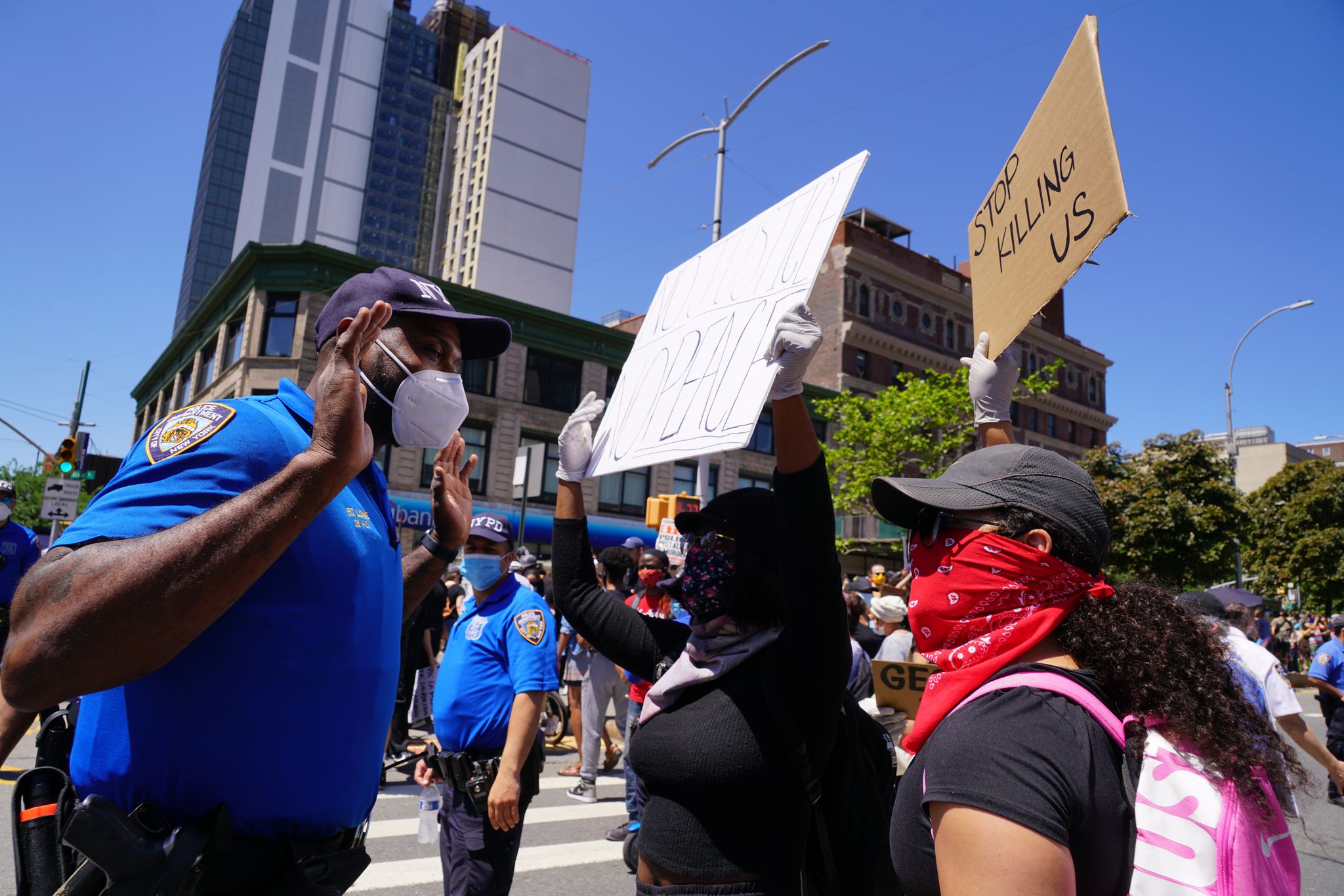
Press photographers covering protests will now also be off-limits to arrest in the new deal. Police will be longer be permitted to cuff or interfere with photojournalists covering actions, including pushing them further from the scene of the incident.
Police Commissioner Edward Caban also commented on the new protocol, stating that agreement helps move the department further into the future with public protections.
“During the summer of 2020, the frustrations of a global pandemic, a tragic killing, and the use of spontaneous demonstrations throughout the city drew people from all over the country — some with good intentions and some with bad,” the top cop said. “This presented many unique challenges for officers, who did their best to protect people’s rights to peaceful expression while addressing acts of lawlessness. Now, the NYPD has re-envisioned its policies for policing protests to deal with these unique scenarios. This agreement represents the department’s commitment to continually improving to ensure the public remains safe and individual rights are protected.”
